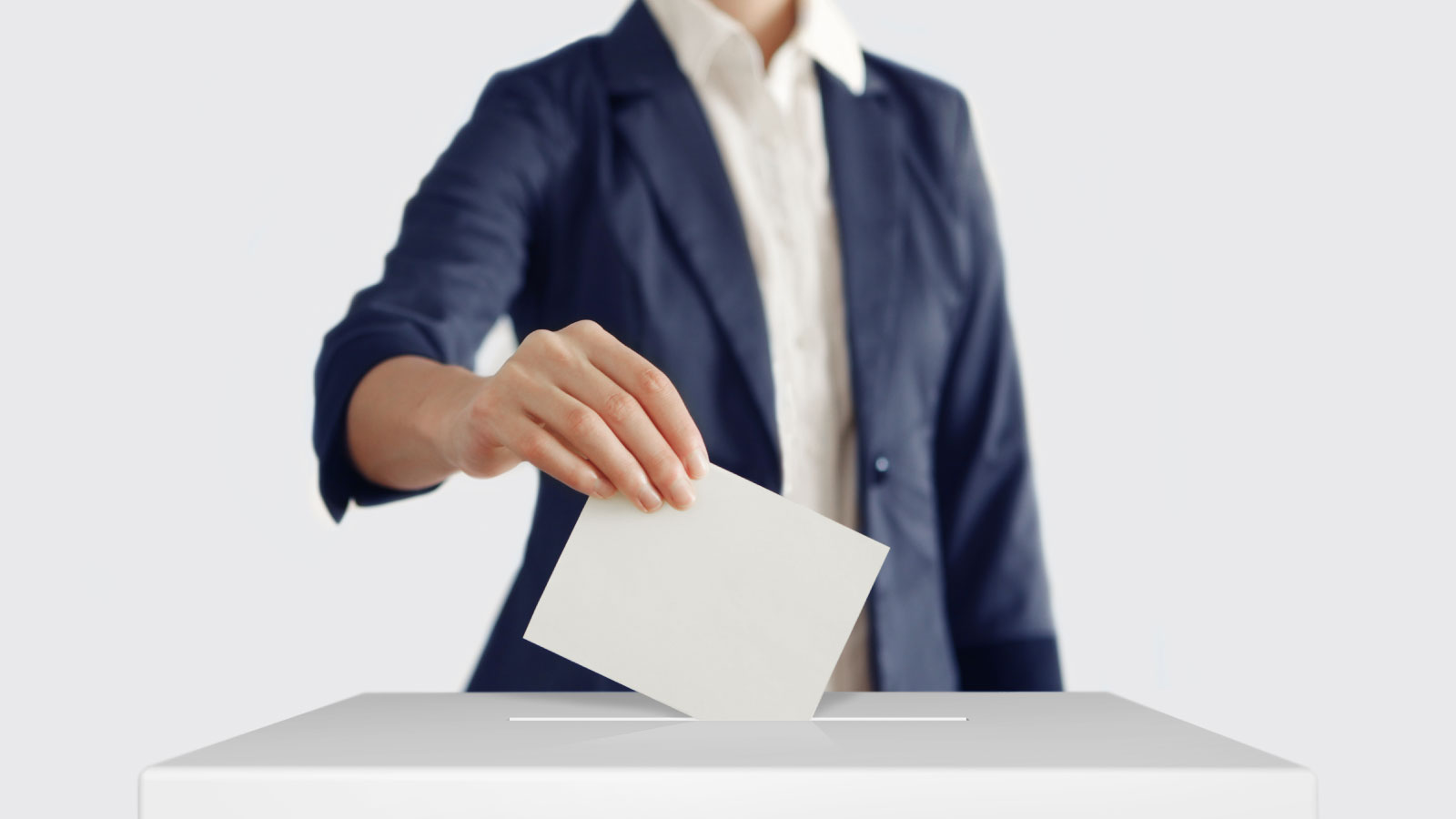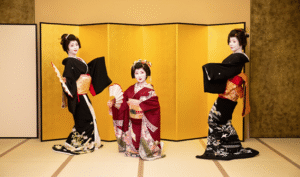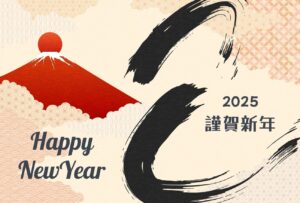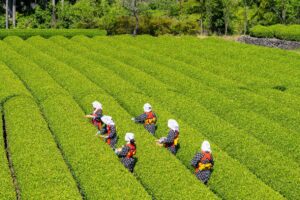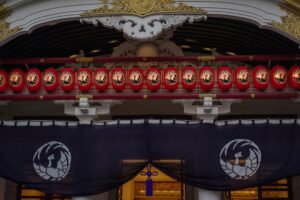Voting in Japan
2022
3/31
The Japanese government is a dominant-party bicameral parliamentary constitutional monarchy. This government consists of multiple branches of government and the sharing of power between many different people. These people and positions are mostly voted through democratic elections by the people of Japan. Here are some basics to know about Japanese elections.
There are three types of elections in Japan: the House of Councillors, The House of Representatives, and local elections. The House of Coucillors holds an election every three years, in which it elects half of its members. The House of Representatives typically holds elections every four years unless the lower house has been dissolved before the term is completed. Local elections take place every three years in the different municipalities and prefectures.
The current voting age in Japan is 18 years old, but it used to be 20. This age was dropped after the lower voter turnout amongst the younger population so the 2017 election could be more representative of the entire adult population. However, despite this lowering of age many young people still do not vote or if they do, they tend not to care that much about politics. This is possibly because the Japanese government has remained in the power of the Liberal-Democratic Party since 1955, so these votes are not seen as impactful and urgent enough to sway the election in the way the heavily polarized United States experiences. It can also be because of the cultural respect for elders young people have- some may say that the younger population feels that the wiser older generations should have the most say in how the country is run. However, a big reason why the Liberal-Democratic Party has remained in power is actually because of this low voter turnout, as a majority of their supporters come from older generations rather than the youth of Japan.
Writer: Kayley Hill
Share this Page
URLをコピーする
URLをコピーしました!
